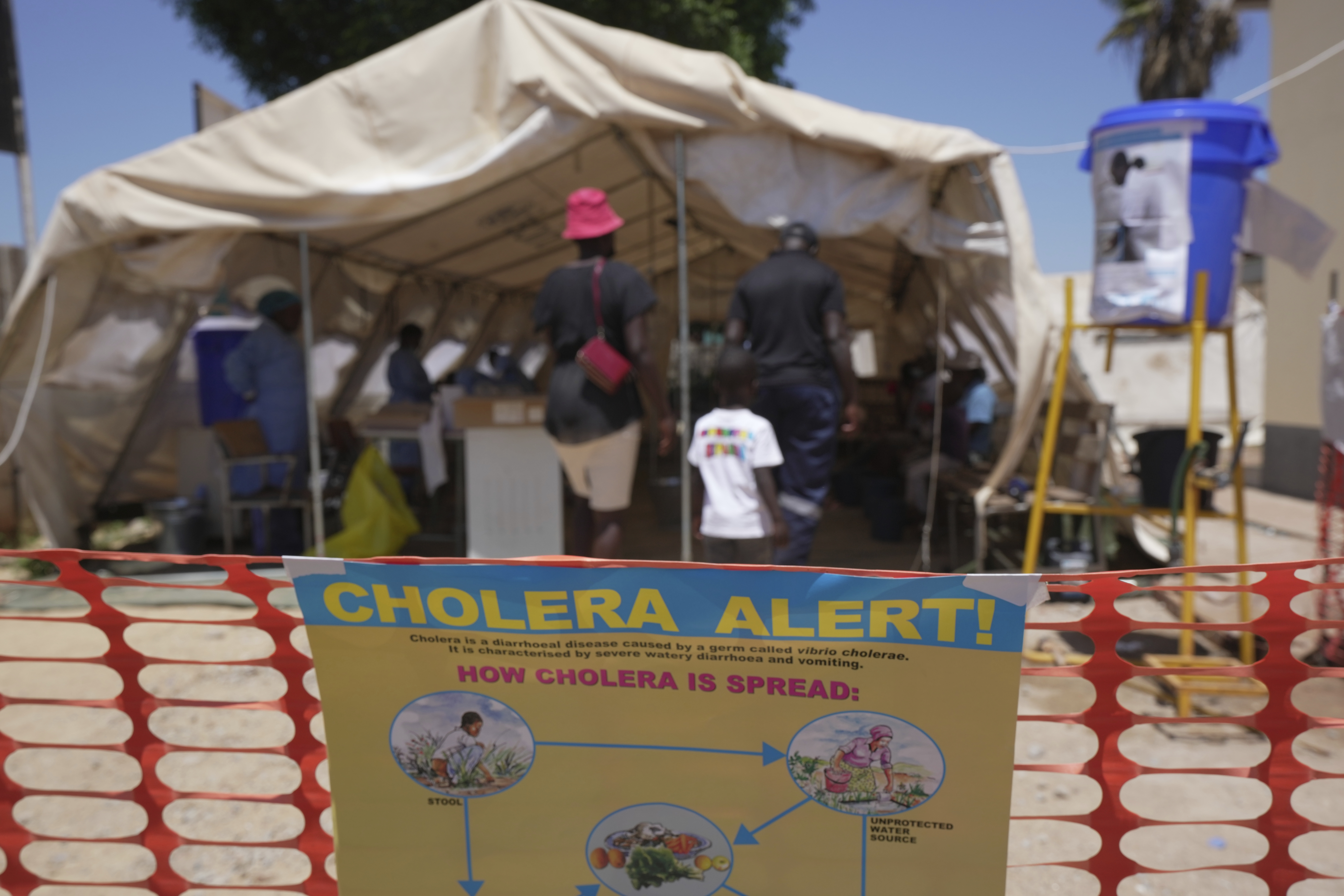D.C. mother Katherine Funk drank a glass of tap water everyday while she was pregnant.
"It ocurred to me that while I was trying to do something good for my child, in the end by taking that prenatal vitamin with D.C. water, I could have actually been exposing her to a harmful toxin," she said.
It's been nearly five years since the investigation that discovered dangerously high levels of lead in D.C. tap water. It's also been five years since Katherine Funk's daughter tested positive for high amounts of that toxin.
"You look at her and say, she seems pretty smart, but how much smarter could she be," Funk said. "It sort of makes you wonder, what effect did the lead have on her."
While both city and federal officials testified before congress that there was no public health risk, a new report by Children's National Medical Center and Virginia Tech is shedding light on just how big of a problem all that lead in the water really was.
"What's new about this is that we've finally found that water lead levels can harm children," said Children's National Medical Center pediatrician Dr. Dana Best.
According to the report, about 42,000 district children could be at risk for developmental problems because of lead exposure. That number includes city children, now ages 4 to 9, who were in the womb or younger than 2 during the water crisis.
Health
Best was one of the lead authors of the report. She said their study looked specifically at neighborhoods with water that had high lead levels and found that children in those neighborhoods also had high levels of the toxin in their blood.
"When the water lead rose, about six months later, the blood levels of the lead levels of the blood of these children rose," she said.
Those neighborhoods include parts of Ward 4, Columbia Heights, Mount Pleasant, Langdon Park and part of Capital Hill, where katherine funk lived for six years.
"You dont know what it's going to do," she said. "You dont know what this means for her future."
Children under the age of two and fetuses are most vulnerable to lead exposure. That's because their brains are still developing and their skin can more easily absorb the lead.
Researchers can't say for sure, just how much the lead affected the children in these neighborhoods, but Funk said, they should never have been exposed at all.
"This could have been prevented," she said. "This was a totally preventable thing."
D.C. Water and Sewer Authority officials say they haven't looked at the study, but that current water lead levels are safe.
A spokeswoman for Mayor Adrian Fenty said his administration is continuing to look into this issue and what they can do for the health of city residents. They also plan to take a closer look at the study.



